 So you are a Generations, Muvhango or Isidingo addict and you thought by the end of May your world would end, as the much publicised encryption of the SABC channels would take place. Well so far (touch wood) it seems the free SABC signal is still available on the popular ‘pirate’ decoders. So for how long will this situation prevail?
So you are a Generations, Muvhango or Isidingo addict and you thought by the end of May your world would end, as the much publicised encryption of the SABC channels would take place. Well so far (touch wood) it seems the free SABC signal is still available on the popular ‘pirate’ decoders. So for how long will this situation prevail?
The truth of the matter is no one seems to know. Sentech are yet to comment about the High Court ruling which ordered the state enterprise to encrypt the SABC signal. The ruling which was issued in March 2012 by the Gauteng High Court (Johannesburg) ordered Sentech the distributors of the SABC signal to encrypt the signal within 3 months a move which led to numerous media reports in Southern Africa screaming about an impending ‘black out’ of the SABC channels. As things stand in Zimbabwe you are more likely to get a ZESA black out than an SABC black out.
Blackout or no blackout it’s clear there are seismic shifts occurring in the regions TV industry which will have a major impact on Zimbabwe.
How did we get here?
To understand the future changes lets start with the past and a bit of the present. According to research by Zimbabwe All Media Products Survey (ZAMPS) 60% of Zimbabwe’s TV market is tuning in to international channels primarily the SABC. The research shows that there are over 3 million satellite TV dishes installed in the country. The satellite units are typically brought in from South Africa and Botswana and can be bought and installed for about $80 after which there are no monthly subscription fees. Other reports however suggest that the broadcast piracy in Zimbabwe is as high as 92%.
TV industry insiders have indicated that the sheer size of the free to air user base has motivated Multichoice Zimbabwe to aggressively target the low end of the market with an advertising message that is tailor made for this market segment. Multichoice has rolled out soccer themed billboards with the line “Go bhora – Chakanaka chakanaka neDStv Machena – kwana kwana”. Live sport and live events are major drivers of TV subscriptions and TV sales so this makes a lot of sense. Viewers like to watch tournaments like the world cup with bright new shining technology and with Euro 2012 and the Olympics around the corner expect more advertising of this sort.
Multichoice has also placed print ads designed to show the affordability of their low end packages. One typical ad equates the daily price of a TV subscription to four slices of bread.
This marketing strategy has been complimented by offering a raft of low cost subscription packages starting from a low of $10/month to $70/month. Clearly the message is to make DStv more accessible to that mass of 3 million pirate satellite TV viewers. But as shall be seen Multichoice Zimbabwe’s dash for these 3 million potential customers is as much proactive as it is defensive.
The legal rumblings gather
To understand this we need to look more closely at the High Court’s ruling against Sentech. The ruling is a result of a suit brought about by eBotswana, a subsidiary of South African private broadcaster e.tv, whose main shareholders, with a 83% stake, are HCI (Hosken Consolidated Investments) and Remgro (controlled by the Rupert family).
HCI which was born out of the South African trade union movement is an astute investment company that has witnessed phenomenal growth under the stewardship of its two visionary leaders Marcel Golding and John Copelyn.
Since it’s inception in 1998 e.tv has progressively gained market share in SA primarily at the expense of the SABC channels. Its strong performance has seen the company pursuing a growth strategy into the rest of Africa. It is in this context that the Sentech suit should be viewed.
The suit was brought because eBotswana believes in the words of its general manager Dave Coles that about 70% of Botswana’s population watches pirated SABC channels. This, he claims is “seriously damaging growth in the local broadcast, production and advertising industries through the loss of potential advertising revenue.”
So why go after Sentech and not SABC? Well, Sentech is the distributor of the SABC signal. eBotswana also argued (and correctly too) that SABC has no legal right to broadcast in territories outside South Africa.
So how then did Sentech get into a situation where the SABC signal was freely available in the Southern African region? Simply put it was the unintended consequence of an altruistic public policy. In an effort to provide all South African’s with access to the national broadcaster Sentech was mandated by the government to provide a free to air satellite platform that South Africans in underserved and remote areas could purchase for a once off fee.
Vivid but no clear picture
Pursuing this Sentech implemented its Vivid platform which is broadcasted via two satellites, namely Panamsat PAS 7 and PAS10 and has the following: SABC 1, SABC 2, SABC 3, e-tv, Mindset Learning Channel, Mindset Health Channel, Jet TV, Love World, Afrisat/Nepad, I-TV, Hope TV, Spirit World TV, God Channel, TCT World and Daystar. There are also 29 radio channels available through the service. E.tv was later removed from this platform. The additional channels where thrown in as a sweetener because users had to pay a R1,400.00 setup fee.
Vivid in SA though has had few takers as there are only 50,000 decoders on the Vivid platform in SA. Despite this low uptake Sentech demonstrated it’s commitment to continuing the product as demonstrated by this statement from it’s Product Manager, Marinda Abrahamse “Sentech’s Vivid platform still forms part of our licencing agreement with ICASA, and as a result will continue to broadcast as usual. Our valued Vivid customers will continue to receive the best service we offer.”
Contrast this with the situation outside of SA, in Botswana, Malawi, Mozambique, Zambia and Zimbabwe the product has been a hit, with millions of users buying ‘pirate’ decoders to view this package.
A wolf in legal clothing
Though legally sound there is a curious logic to eBotswana’s claims. In South Africa since inception e.tv has gained ground against SABC through innovation and quality. However, its argument implies that this same strategy will not succeed in the region. The fact that eBotswana’s content is basically the same as its South African sister channel e.tv one wonders whether this is an attempt by e.tv (South Africa) to clear the competitive space in the region and allow their expansion to proceed unhindered.
Among those singing for joy at the High Court ruling are the region’s state broadcasters who have seen advertiser flight from their TV stations to mainly outdoor. Sivukile Simango from Zimbabwe’s ZTV chimed in saying “All along the SABC has been contravening the laws governing the International Telecommunications Union. This ruling is a welcome move as it will ensure that the SABC will conform to international laws of broadcasting,” adding that he hoped that the people of Zimbabwe would continue to support the national broadcaster and appreciate its ever-improving programming.
To bolster this point Simango cited some statistics:
Recent statistics concerning television viewership show that we have actually overtaken these illegal channels as the ZTV is now being watched by 49 percent of Zimbabweans compared to free-to-airs’ about 42 percent.
State broadcasters need to be careful here as eBotswana will pave the way for another invasion of players in the TV space.
The South African portend
To understand this point lets look at how over the last decade the TV market has developed in SA. In fact the trends can be captured in a quick snapshot of the last year or so. As these figures show in South Africa e.tv is the single most viewed channel with 2.4 million prime time viewers:
| SABC 1 | SABC 2 | SABC 3 | e.tv | |
| Oct 2011 | 3.3m | 2m | 1m | 2.3m |
| Jan 2012 | 2.3m | 1.8m | 0.87m | 2.4m |
| Change | -1m | -0.2m | -0.13m | +0.1m |
Over the four month period shown the SABC channels have lost a combined 1.33 million viewers and e.tv has gained 100,000 viewers. Generously assuming e.tv’s new viewers came from the SABC, what happened to the other 1.32 million viewers?
Although there are no comparative figures for the same period Top TV which was launched in May 2010 passed 300,000 subscribers in November 2011.
DStv figures can be found in it’s 2011 report where parent company Naspers notes that the subscriber base grew by 637 000 in the 2010 to 2011 year, bringing the total number of subscribers in South Africa for the year to 3,5 million. This included growth in its entry level bouquet, Easyview, and the Compact bouquet, targeted at the emerging market grew by 376 000 subscribers in the year, and now had more than 1 million households.
Top TV can about after the regulator of South Africa’s communications sector the Independent Communications Authority of South Africa (ICASA ) awarded five pay TV licences in 2007. ICASA granted licenses to: Walking on Water, On Digital Media, e-Sat, Telkom Media and MultiChoice.
On Digital Media Top TV with an emphasis on low cost subscriptions. Another licensee e-Sat is a 100% owned subsidiary of Sabido Investments, whose main operating investment is e.tv.
The trends in the SA market point to a relentless march by pay TV players at the expense of free to air players. This is shown by falling SABC viewer numbers and flat e.tv numbers.
Everything on the ground is pointing to a similar trend in Zimbabwe and the other regional countries. The regional state broadcasters may have let eBotswana do all the heavy lifting in the legal proceedings as they probably lacked the financial resources to mount a legal challenge against Sentech but this victory will be short-lived.
Another indication about the attractiveness of the Pay TV business model is the manner in which GTV a satellite television company formed by Gateway Communications, in 2007 won the rights to show Barclays Premier League matches for 48 Sub-Saharan Africa excluding South Africa and Nigeria which Multichoice managed to retain. Although GTV has since been liquidated with the rights reverting to Multichoice, this foray by GTV into an area that had been monopolised by Multichoice is warning of future competition as more players eye the lucrative Pay TV market.
The death of SABC! Long live SABC!
In Zimbabwe those 3 million satellite dishes on the pirate platforms will simply become attached to a DStv decoder with a compact package at the other end or any other value for money low end service provider. It’s highly unlikely that consumers have tasted a superior product will revert to one that is markedly inferior when all it costs is $10.00 a month to have access to SABC and a raft of new channels. The lure of the subscription channels is in the sports coverage, more news channels and African movie channels. We have the classic freemium scenario were consumers are more likely to migrate upwards to access more features and in turn pay for that priviledge.
The irony of all this maneuvering in the TV space is that as SABC viewership continues to be eroded in South Africa due to inroads from pay TV the SABC my find its viewership in the region sustained by migration to the same pay TV channels. Batswana, Malawians, Zambians and Zimbabweans are likely to migrate to low cost pay TV packages.
The shows’ new actors
With already a strong presence in Zimbabwe, Multichoice will continue to consolidate its position and new entrants in the form of My TV and possibly Top TV will enter the fray. The state the broadcasters on the other hand – BTV in Botswana, ZNBC in Zambia and ZTV in Zimbabwe – due to public policy imperatives will continue to exist in some zombie like subsidised state as primarily terrestrial broadcasters with a slot on the pay platforms. In turn advertisers seeking the reach of TV will be obliged to deal with the pay TV operators.
The ironic thing about the whole Vivid, pirate tv saga is that a badly crafted and directed public policy initiative ended up stumbling on an unfulfilled need in the market. Certainly the South African government had no clue about the hunger for quality TV in the SADC region when it pushed Sentech to roll out the Vivid platform yet this move has clearly benefited regional TV consumers who are now arguably ready to take the next step and pay for quality TV.

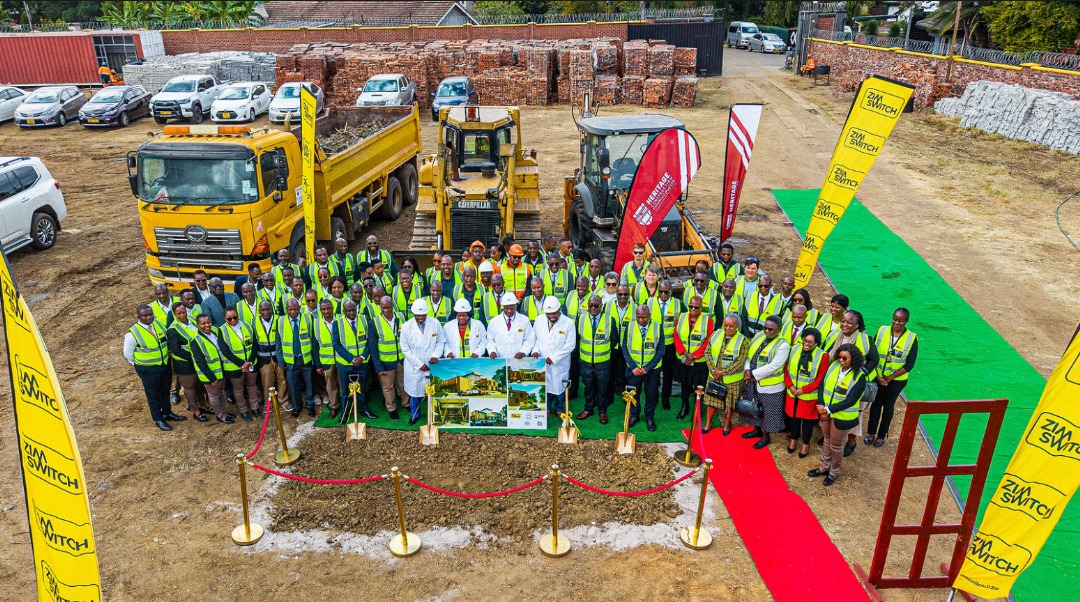

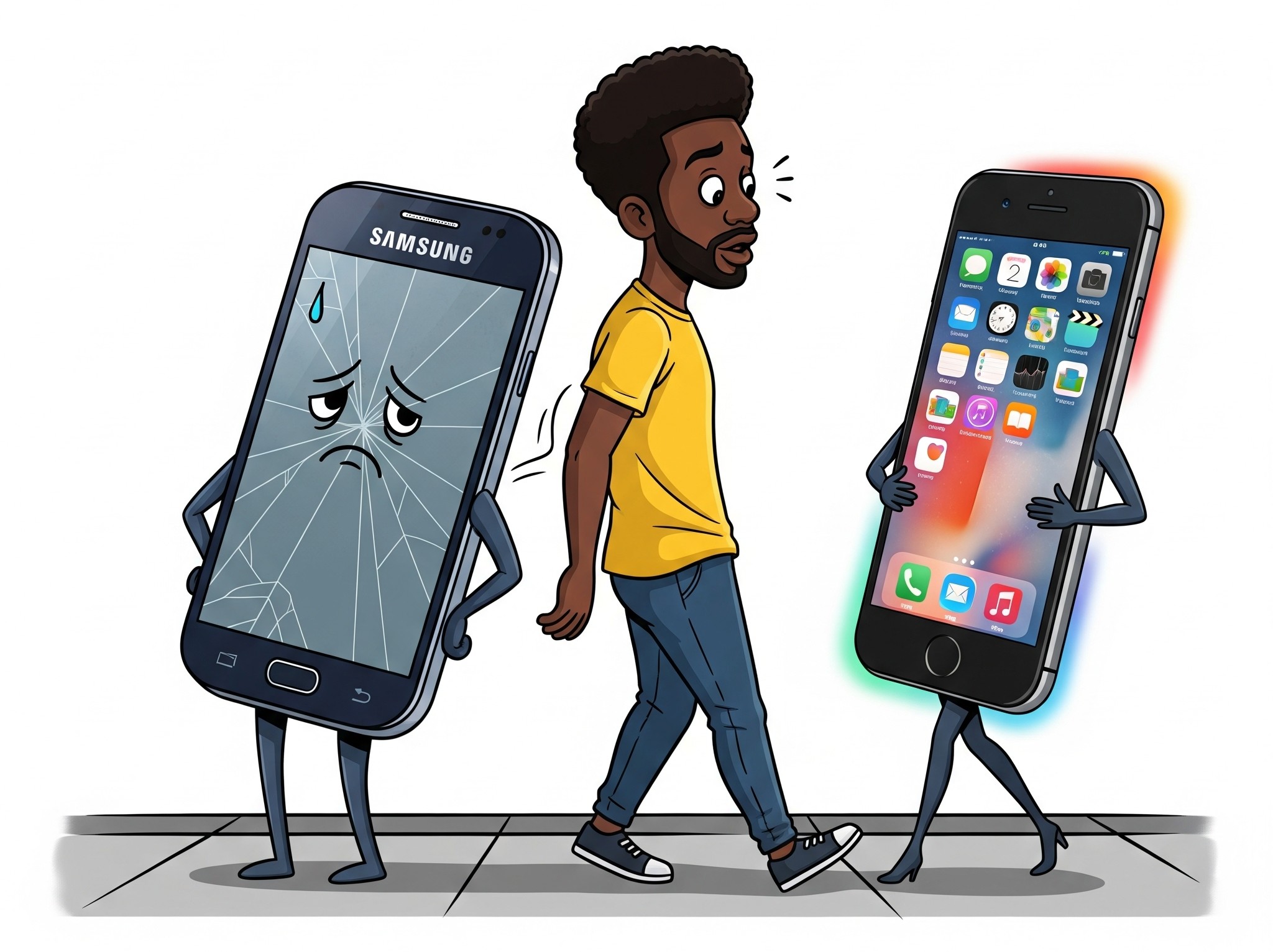

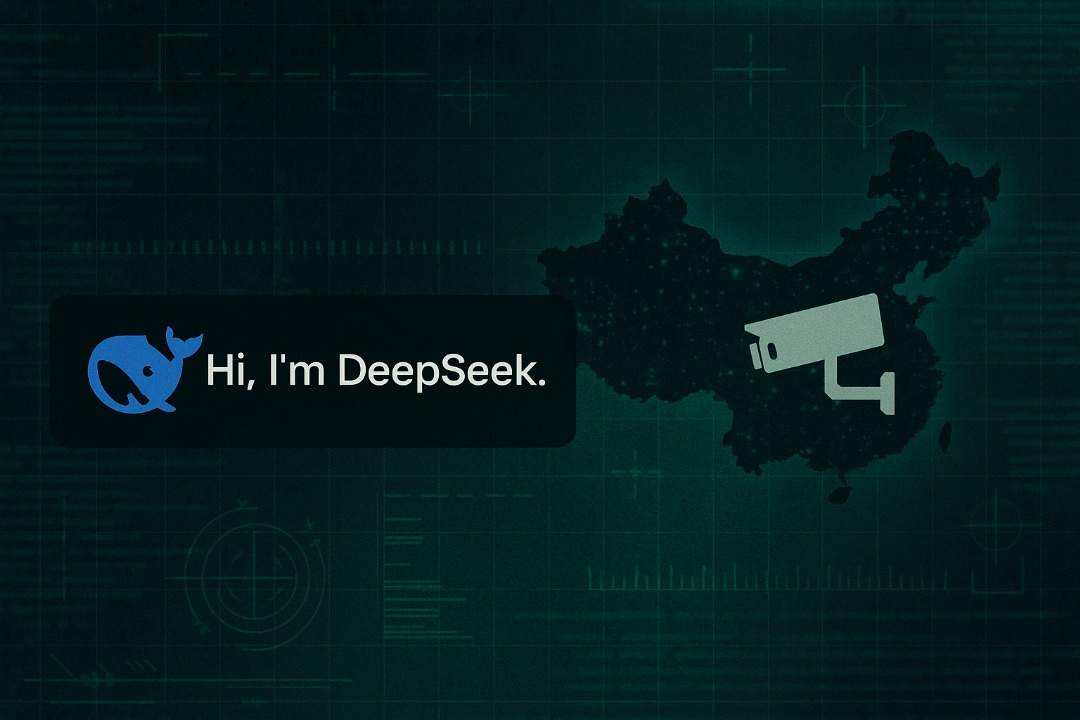
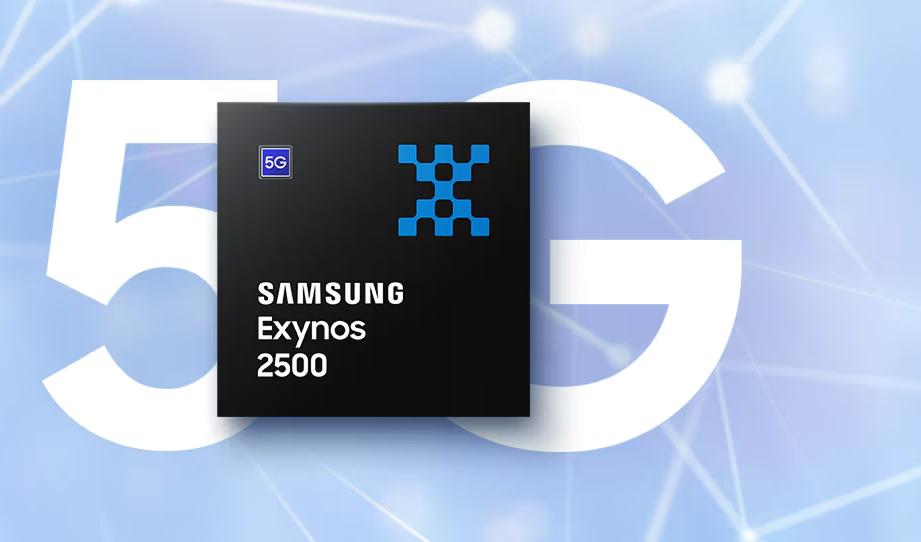

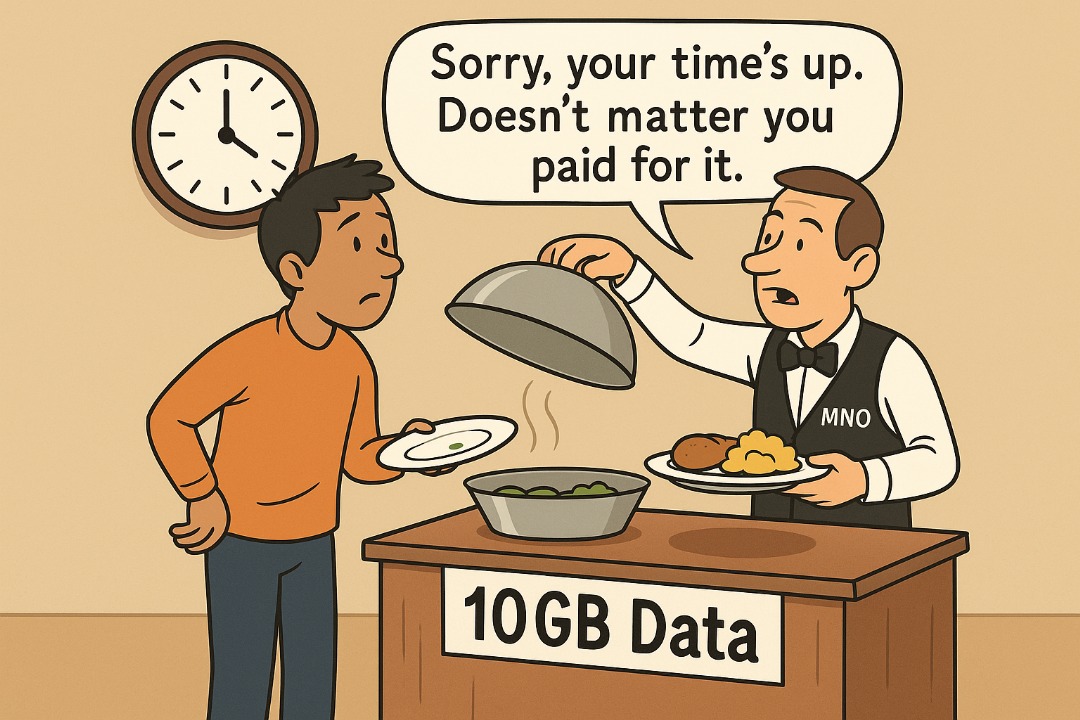

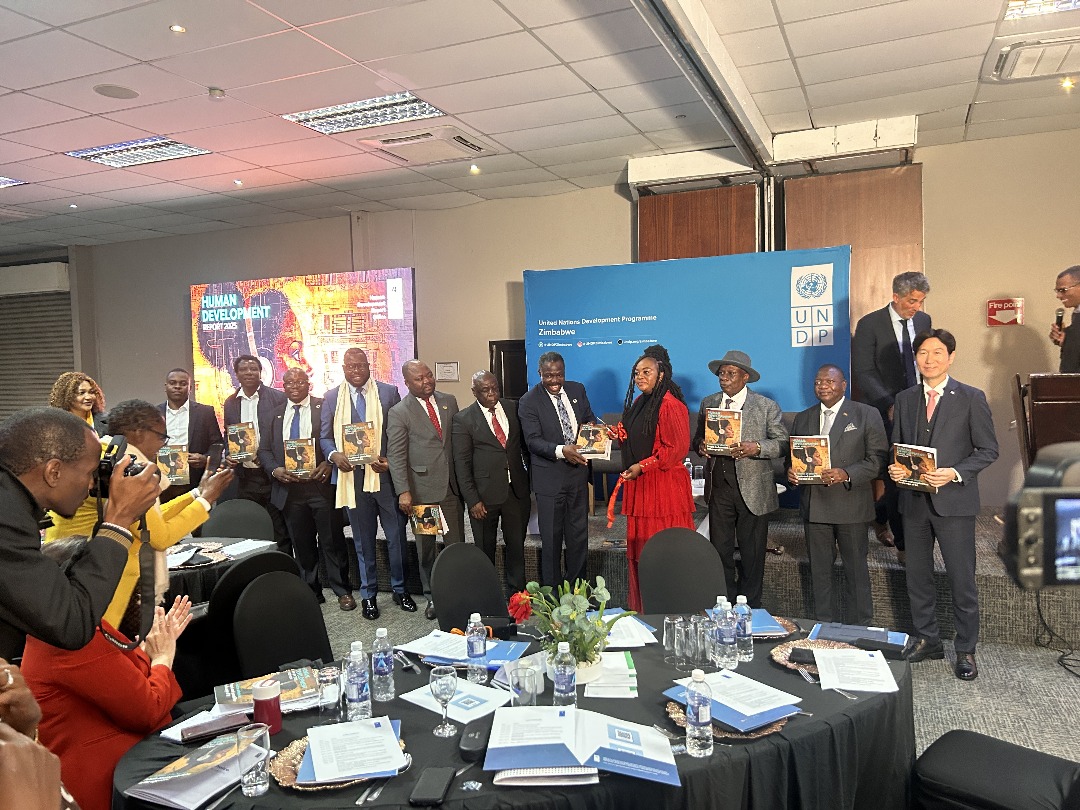

Comments
4 responses
These should continue FREE because half the time is spent on ads. So its 50-50 situation. I assume they make a lot on ads already and if they change the game it may have a reverse effect on ad views
tl;dr
But seriously, SABC should create a commercial station that combines their best programs. But what do i know. Didn’t have a tv till 2 months ago and even then i didn’t bother getting an antenna. Makes for a sweet monitor though.
ZTV is too slow things are changing fast. just licencing one tv player in zim will be a shock to ztv esp on the little advertisers they have unless they change. in the mean time tey r advertising kuti pay your licences